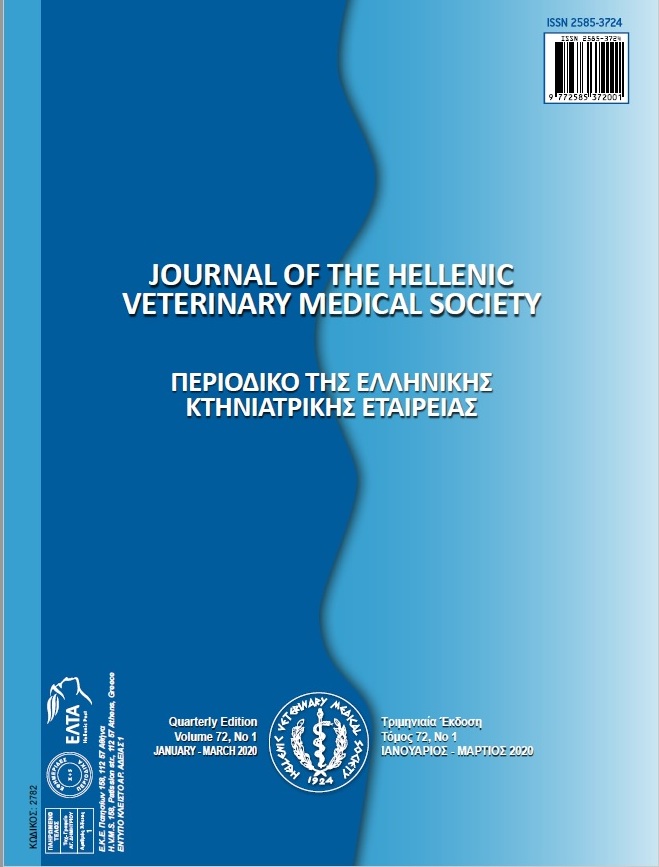Effect of α-Tocopherol, Storage Temperature and Storage Time on Quality Characteristics and Oxidative Stability of Chicken Kavurma, traditional Turkish cooked meat product

Abstract
During storage of meat products, 4°C storage temperature is recommended however temperature in retails could rise to 15°C and maintaining quality of products becomes a challenge at higher temperatures. Thus, the aim of present study was determining the effects of antioxidant usage and storage temperature on some quality characteristics and lipid oxidation stability of chicken kavurma during 4-month storage at 4°C and 10°C. For this purpose, two different kavurma sample (C: without antioxidant, A:with 300 ppm α-tocopherol) were stored at 4°C and 10°C. Chemical composition, salt, texture profile analysis, color and lipid oxidation (peroxide values and TBARS values) of samples were monitored. Using α-tocopherol in formulation did not affect the chemical composition and texture of samples, all parameters were found within standards. Storage time has significant influence on pH, color and lipid oxidation of samples. Using α-tocopherol and higher storage temperature resulted higher peroxide values. During 4-month storage, lipid oxidation results significantly increased, the lowest TBARS value was found in 4A sample. Storage temperature affected only a* values while antioxidant usage affected only b* values of samples. As a result, using 300 ppm α-tocopherol can help maintaining quality and oxidative stability of chicken kavurma sold in retails.
Article Details
- How to Cite
-
Nacak, B., Dikici, A., Yel, N., Zaimoğulları, K., İpek, G., & Özer, M. (2023). Effect of α-Tocopherol, Storage Temperature and Storage Time on Quality Characteristics and Oxidative Stability of Chicken Kavurma, traditional Turkish cooked meat product . Journal of the Hellenic Veterinary Medical Society, 74(2), 5623–5632. https://doi.org/10.12681/jhvms.29331 (Original work published July 4, 2023)
- Issue
- Vol. 74 No. 2 (2023)
- Section
- Research Articles

This work is licensed under a Creative Commons Attribution-NonCommercial 4.0 International License.
Authors who publish with this journal agree to the following terms:
· Authors retain copyright and grant the journal right of first publication with the work simultaneously licensed under a Creative Commons Attribution Non-Commercial License that allows others to share the work with an acknowledgement of the work's authorship and initial publication in this journal.
· Authors are able to enter into separate, additional contractual arrangements for the non-exclusive distribution of the journal's published version of the work (e.g. post it to an institutional repository or publish it in a book), with an acknowledgement of its initial publication in this journal.
· Authors are permitted and encouraged to post their work online (preferably in institutional repositories or on their website) prior to and during the submission process, as it can lead to productive exchanges, as well as earlier and greater citation of published work.




